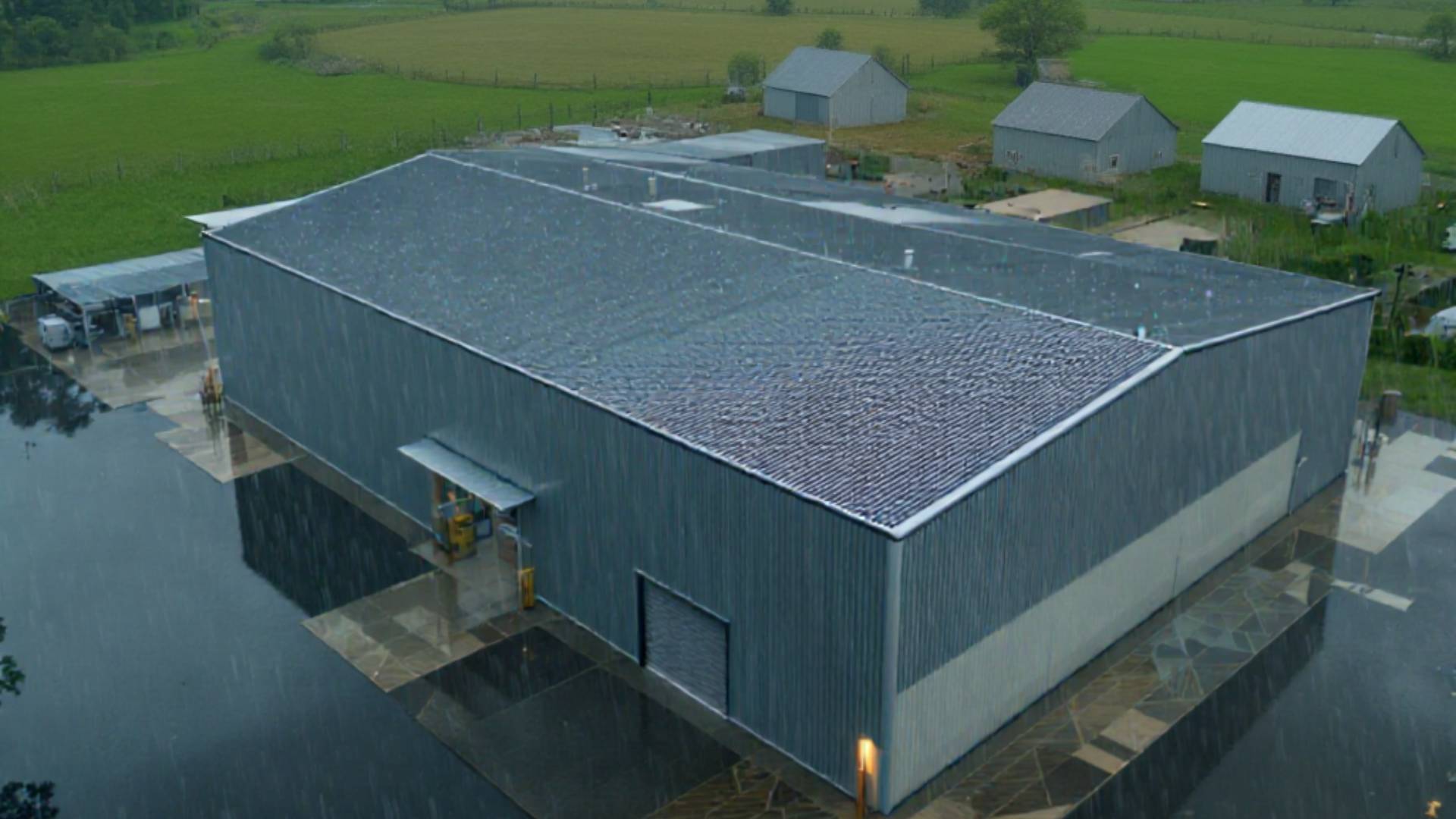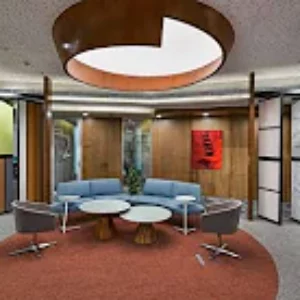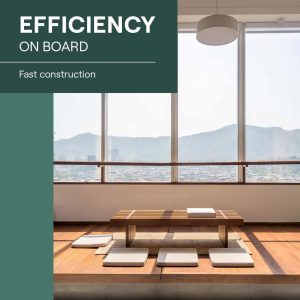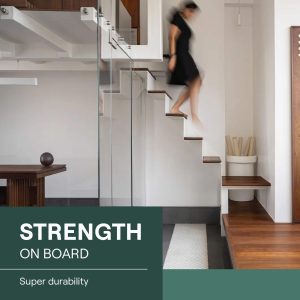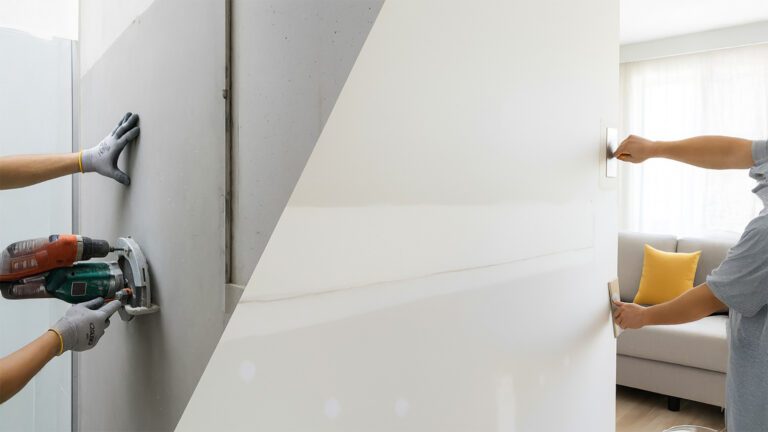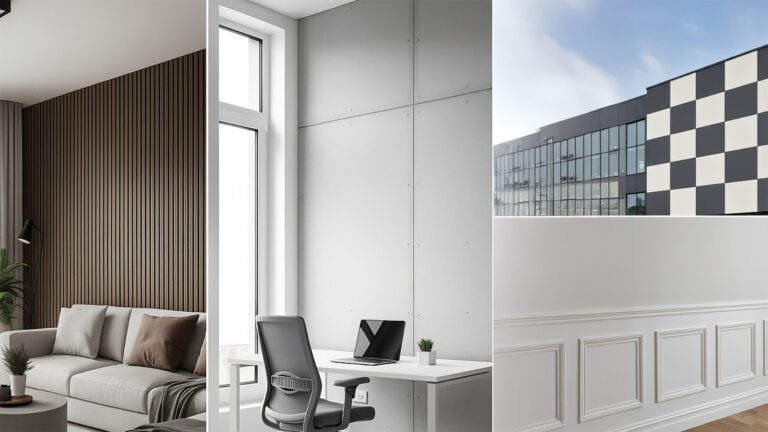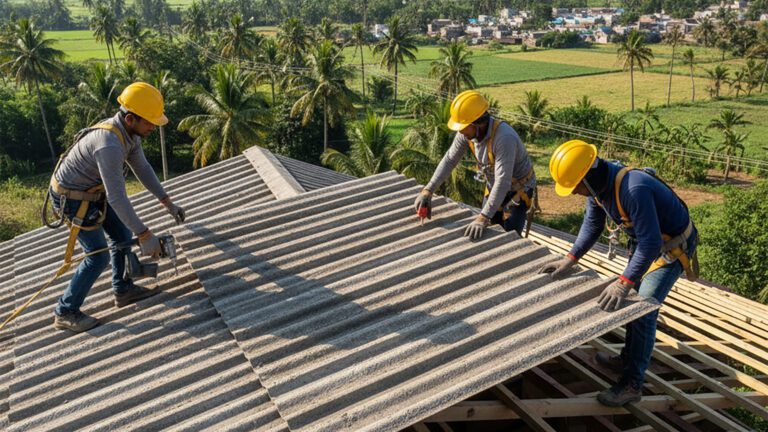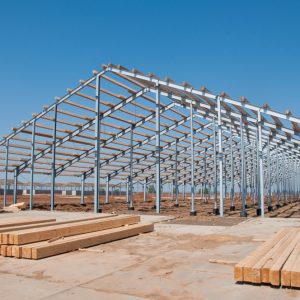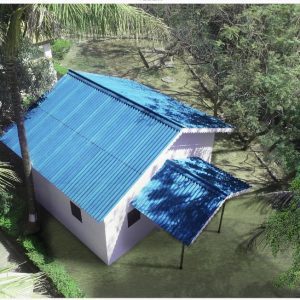Each year, the monsoon season causes significant damage to various regions of the nation, particularly to its infrastructure.
A significant portion of India’s buildings and structures are now constructed using antiquated techniques that cannot survive the severe effects of intense winds and rain. Damage to these traditional constructions, such as water seepage and structural deterioration during the monsoon season, results in significant maintenance expenses each year.
Introduction: Importance of Specialised Building Features
PEB Buildings are the most effective method of reducing the threats that the monsoon season poses to infrastructure. These contemporary buildings are not only well-designed but also resilient to the monsoons and other weather extremes in India.
Everest Steel Building Solutions, one of India’s leading PEB manufacturers, delivers high-quality, long-lasting buildings that reduce construction time, save money in the long run and offer the best protection for businesses during the monsoon.
Find out how our monsoon-ready steel buildings stand strong against the rains.
Key Monsoon-Proof Features of Everest Buildings
Everest’s commitment to durable steel construction is evident in the strategic features integrated into their PEB structures, making them inherently resilient against the monsoon. These are not just add-ons; they are fundamental aspects of their design philosophy, ensuring monsoon safety structures.
Waterproof Roofing Systems
A building’s roof is its first line of defense against rain. Everest Steel Buildings feature advanced waterproof roofing systems designed for maximum efficacy. This includes:
- High-Quality Sheeting: Utilising premium-grade steel sheets with specialised coatings that offer excellent resistance to water penetration and UV radiation.
- Precision Sealing and Fastening: Meticulous attention to detail in sealing all overlaps and joints, along with the use of corrosion-resistant fasteners, prevents any water ingress. This ensures that every component works in harmony to create a leak-proof barrier.
- Optimised Roof Pitches: Roof slopes are engineered to facilitate rapid water runoff, preventing pooling and the associated issues of water accumulation and hydrostatic pressure.
Rust and Corrosion Resistance
Steel, while strong is susceptible to rust. But at Everest, we address this head-on, making rust and corrosion resistance a cornerstone of our manufacturing process.
- Galvanized Steel Components: Many structural elements are made from galvanized steel, which involves coating the steel with a protective layer of zinc. This layer acts as a barrier, preventing oxygen and water from reaching the steel surface.
- High-Performance Coatings: Beyond galvanization, Everest employs advanced paint systems, including epoxy and polyurethane coatings, that offer exceptional resistance to moisture, chemicals and abrasion. These multi-layered protection systems significantly extend the life of the steel structure.
- Strategic Design to Minimize Moisture Traps: Everest’s PEB design team actively works to reduce areas where moisture can collect, thereby minimising the potential for corrosion.
Quick Drainage Capabilities
Effective water management goes beyond just keeping water out; it’s also about efficiently channeling it away from the building. PEB structures are designed with quick drainage capabilities to prevent waterlogging and its damaging effects.
- Integrated Gutter and Downspout Systems: Robust, wide gutters and strategically placed downspouts are an integral part of the building’s design. These systems are sized to handle high volumes of rainwater, ensuring swift and efficient removal from the roof.
- Sufficient Eaves and Overhangs: Generous eaves and overhangs not only protect the walls from direct rain but also direct water away from the foundation, preventing saturation of the surrounding soil.
- Ground Slope and Site Planning: While not strictly a building feature, Everest often provides guidance on optimal site grading and drainage planning to ensure that water is directed away from the building’s perimeter.
Real-Life Benefits in Monsoon Regions
The integration of these waterproof features in buildings translates into tangible benefits for businesses operating in monsoon-prone areas.
- Reduced Maintenance Costs: By preventing water ingress and corrosion, property owners experience significantly lower maintenance and repair costs, especially during and after the rainy season.
- Enhanced Operational Continuity: Businesses can continue their operations uninterrupted, without the fear of leaks damaging inventory, machinery or disrupting workflow. This ensures consistency and avoids costly downtime.
- Increased Asset Lifespan: The superior protection against moisture and corrosion significantly extends the overall lifespan of the steel building, providing a greater return on investment.
- Improved Safety: Monsoon safety structures mitigate risks associated with electrical hazards from water damage and structural weakening due to corrosion, ensuring a safer environment for occupants and assets.
- Peace of Mind: Knowing your structure is engineered to withstand severe weather provides invaluable peace of mind, allowing you to focus on your core business.
FAQs:
What features help PEB buildings manage rainwater?
PEB buildings manage rainwater effectively through several key features. These include waterproof roofing systems with optimized roof pitches for rapid runoff, precisely sealed and fastened roof panels and robust, integrated gutter and downspout systems designed for high-volume drainage. Additionally, adequate eaves and overhangs help direct water away from the building’s exterior.
How does PEB ensure rust prevention?
PEB ensures rust prevention primarily through the use of galvanized steel components, which are coated with a protective zinc layer. This is complemented by high-performance multi-layered paint systems (like epoxy and polyurethane) that provide an additional barrier against moisture and corrosive elements. Furthermore, the intelligent design of PEB structures minimizes areas where water can accumulate, thus reducing potential moisture traps that lead to corrosion.


